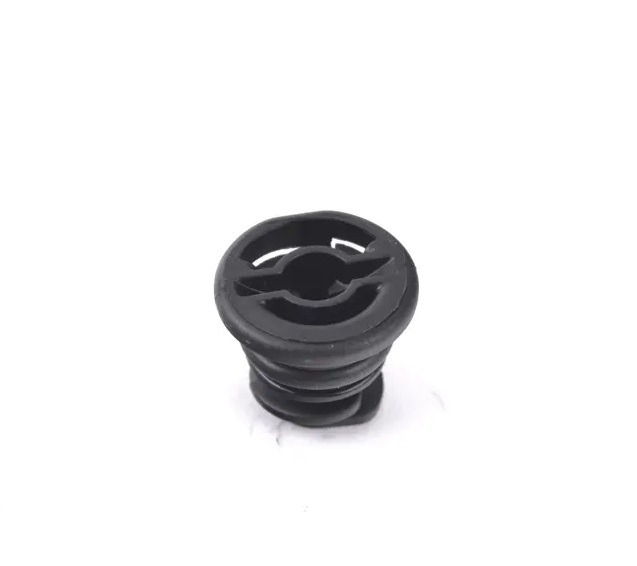Bonded Seal Sizing Specifications and Dimensions Analysis for Optimal Performance
Understanding Bonded Seal Dimensions Importance and Applications
Bonded seals are essential components in various mechanical applications, providing reliable seals that prevent the leakage of fluids and gases. They are commonly used in automotive, aerospace, and industrial sectors to enhance the durability and efficiency of machinery. One important aspect of bonded seals is their dimensions, which play a crucial role in their effectiveness and suitability for different applications. In this article, we will explore the significance of bonded seal dimensions, their standard measurements, and how to select the right dimensions for your needs.
What Are Bonded Seals?
Bonded seals, also known as sealing washers, consist of a metal ring with a rubber or elastomeric core bonded to it. This unique design allows for both mechanical strength and flexibility, ensuring a tight seal around various components. The rubber core compresses when the seal is installed, filling in any gaps and creating a barrier against leaks. This design can withstand significant pressure and temperature fluctuations, making bonded seals suitable for diverse environments.
Importance of Bonded Seal Dimensions
The dimensions of bonded seals—including inner diameter (ID), outer diameter (OD), thickness, and the material specifications—are critical for several reasons
1. Proper Fit The inner diameter must fit precisely around the bolt or shaft it is sealing to ensure optimal sealing performance. An ill-fitting seal can lead to leaks, reducing efficiency and potentially causing damage to the equipment.
2. Pressure Rating The thickness and rigidity of the bonded seal affect its ability to withstand internal pressure. Thicker seals can generally handle higher pressures, making them more suitable for high-stress applications.
3. Temperature Resistance Different materials have varying temperature tolerances. The dimensions influence how much the seal can compress or expand in response to temperature changes. Selecting the right material in the right dimensions is crucial for consistent performance.
4. Compatibility The dimensions impact how well a bonded seal will function with other components. Inadequate dimensions can lead to mechanical failures or incompatible materials interacting negatively.
5. Performance Life Properly dimensioned seals reduce wear and tear, extending the lifespan of both the seal and the machinery in which they operate.
Standard Measurements
Bonded seals come in a variety of dimensions to meet the needs of different applications. Typical measurements include
bonded seal dimensions

- Inner Diameter (ID) This is the diameter of the hole in the center of the seal. Common IDs range from 6mm to 100mm, depending on the application. It is vital to choose the correct ID to ensure the seal fits perfectly around the attached component.
- Outer Diameter (OD) The OD is the overall diameter of the bonded seal, usually larger than the ID. Sizes typically range from 12mm to 120mm, depending on the sealing area required.
- Thickness The thickness of the bonded seal affects its compressibility and sealing ability. Standard thicknesses can range from 2mm to 5mm, but specific applications may require custom dimensions.
- Material Specifications Common materials include nitrile rubber, silicone, and fluorocarbon, which offer various levels of chemical resistance and temperature tolerance.
Selecting the Right Dimensions
When selecting bonded seals, it's crucial to consider the specific requirements of your application. Here are some steps to guide you
1. Identify Operational Conditions Understand the operating temperatures, pressures, and types of fluids or gases involved. This information will help you determine the necessary material and dimensions.
2. Measure the Component Accurate measurements of the surfaces where the seal will be installed are crucial. Use calipers to measure both the inner component’s diameter and the area around it.
3. Consult Manufacturer Specifications Manufacturers often provide dimensional charts and guides to aid in selecting the appropriate bonded seal for your application.
4. Custom Solutions If standard sizes do not fit your needs, consider contacting a manufacturer for custom-sealed solutions that can be tailored to your specific requirements.
Conclusion
In conclusion, understanding bonded seal dimensions is essential for ensuring reliable performance in various mechanical applications. By selecting the appropriate dimensions and materials, businesses can improve efficiency, prevent leaks, and extend the lifespan of their machinery. Whether you are in automotive manufacturing, aerospace engineering, or industrial applications, paying close attention to seal dimensions will yield long-term benefits and enhanced operational success.
-
The Ultimate Guide to Boat Propeller Bearings and Trailer Wheel Bearings
News Jul.31,2025
-
The Essential Guide to Marine Bearings and Boat Trailer Wheel Bearings
News Jul.31,2025
-
The Complete Guide to Heavy Duty Seals: Protecting Doors and Spaces Efficiently
News Jul.31,2025
-
Essential Guide to Marine Shaft Bearings and Boat Trailer Axle Bearings
News Jul.31,2025
-
Comprehensive Guide to Marine and Trailer Bearings for Safe Boating and Transport
News Jul.31,2025
-
Comprehensive Guide to Automotive Oil Seals: Protecting Your Engine and Shafts
News Jul.31,2025
-
Understanding Automotive Oil Seals: Essential Components for Engine and Shaft Protection
News Jul.30,2025
Products categories















